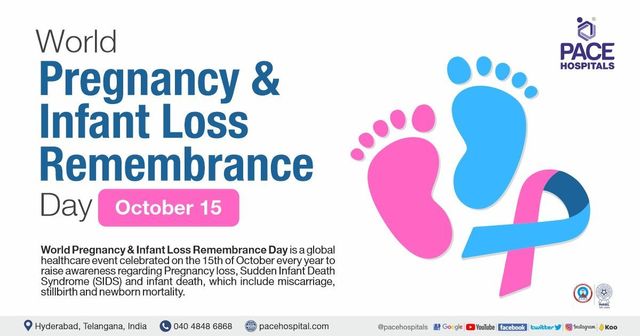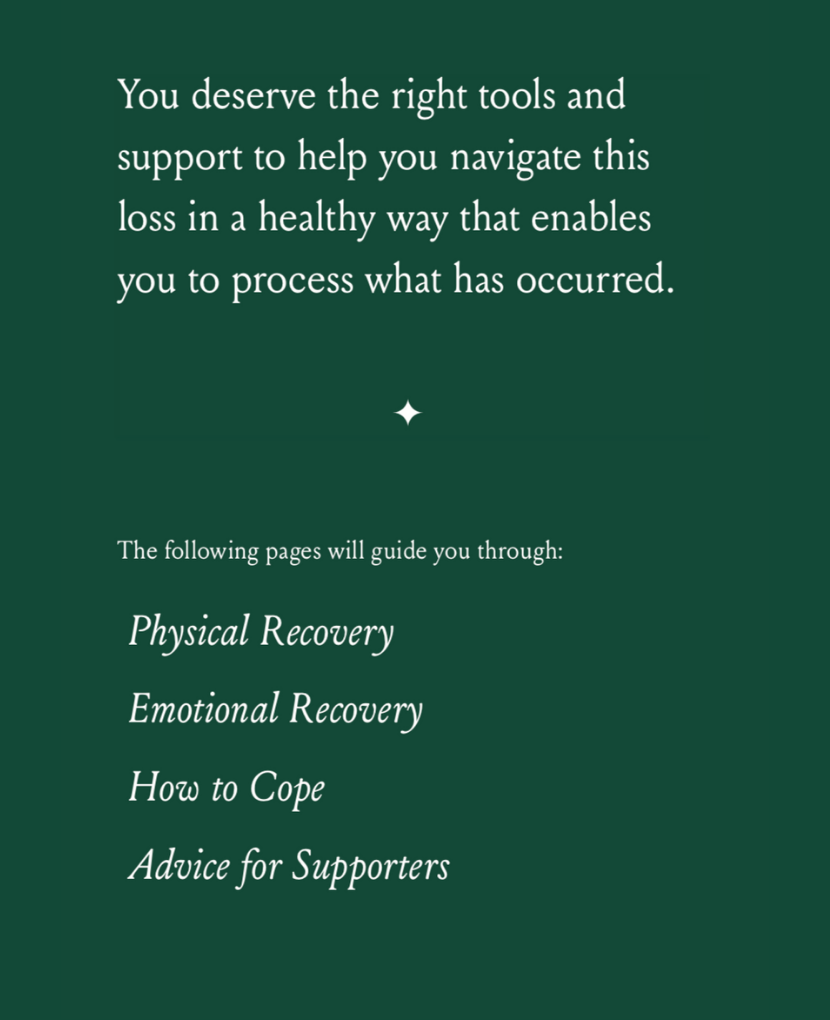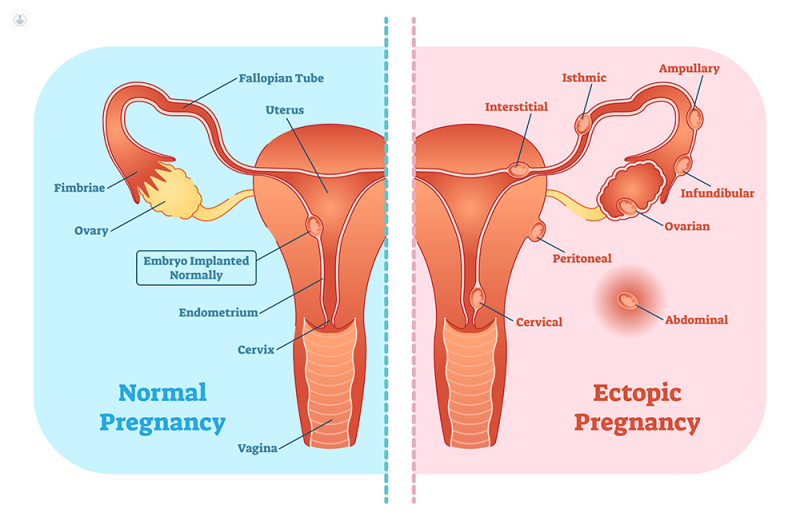A miscarriage is the loss of a pregnancy before the 20th week, while a stillbirth occurs after the 20th week. The key difference lies in the timing of the loss.
Understanding the difference between miscarriage and stillbirth is crucial for medical professionals and expectant parents. Miscarriages often happen due to chromosomal abnormalities in the embryo, while stillbirths may result from complications with the placenta, health issues in the mother, or birth defects.
For many families, these events are both emotional and challenging, requiring sensitive support and accurate information. Recognizing the distinct medical definitions helps in providing the appropriate care and counseling for those who experience these unfortunate pregnancy outcomes.
Demystifying Terms: Miscarriage Vs. Stillbirth
Demystifying Terms: Miscarriage vs. Stillbirth—two terms often surrounded by confusion. Though both describe the heartbreaking loss of a pregnancy, critical differences exist between them. Understanding these can provide clarity during an incredibly challenging time.
Medical Definitions And Timing
The medical community differentiates miscarriage and stillbirth primarily by when they occur during a pregnancy.
- Miscarriage defines the loss of a pregnancy before 20 weeks of gestation.
- Stillbirth refers to the loss that occurs at or after 20 weeks.
This distinction in timing is crucial for medical professionals as it influences the approach to care and support provided to those affected.
Statistical Incidences And Risk Factors
Miscarriage and stillbirth also differ statistically.
Miscarriages are more common, occurring in about 15-20% of all recognized pregnancies.
Stillbirths happen less often, with 1 in 160 pregnancies ending this way.
Several factors increase the risk of both, including:
| Miscarriage Risk Factors | Stillbirth Risk Factors |
|---|---|
| Age over 35 | Maternal health conditions |
| Previous miscarriage | Placental issues |
| Chromosomal abnormalities | Birth defects |
| Uterine abnormalities | Infection |
Couples often find solace in understanding risk factors. This can empower them to seek help and support as needed.

Credit: www.theguardian.com
Physical And Emotional Impacts
The pain of losing a pregnancy differs for everyone. Miscarriage and stillbirth touch hearts deeply. Bodies also feel the loss. Understanding these impacts is a key step towards healing.
Physical Recovery After Loss
After a miscarriage or stillbirth, the body goes through many changes. Here are the main points of physical recovery:
- Hormonal shifts: They can cause mood swings or fatigue.
- Bleeding: It’s normal and should gradually lessen.
- Cramps: Pain may occur as the uterus shrinks back to size.
Doctors often guide through the physical healing process. They answer questions and give needed care.
Emotional Aftermath And Grief
The emotional journey after losing a baby is unique for each individual. Yet, there are common feelings:
- Shock and numbness: Hard to believe what happened.
- Sadness: A heavy heart may feel endless.
- Guilt or anger: Some blame themselves or others.
- Anxiety: Worry about the future is common.
Support from loved ones helps. Therapy might be important too. It provides a safe space to process emotions.
Common Misconceptions And Myths
Misunderstandings about miscarriage and stillbirth are widespread. Some beliefs hinder proper understanding of these events. Dispelling myths empowers with correct knowledge.
Misattributing Causes
Many blame mothers for their loss. They suggest stress or lifting heavy objects as causes. These are not direct causes. Medical experts say causes are often out of control.
Common misconceptions include:- Overexertion causes loss. Pregnant individuals can still engage in routine activity.
- Emotional trauma leads to miscarriage. Emotional states do not necessarily result in pregnancy loss.
- Prior contraceptive use affects pregnancy. No conclusive evidence supports this claim.
Myths Surrounding Prevention
Prevention myths cause false hope and guilt. Let’s expose these myths:
Widely believed myths:- Avoiding caffeine entirely prevents loss. Moderate intake generally doesn’t increase risk.
- Eating specific foods ensures a safe pregnancy. Yet, no magic diet guarantees avoidance of loss.
- Bed rest avoids stillbirth. Current studies don’t confirm bed rest as a preventive measure.
Scientific evidence refutes these myths. Emphasize on health care and regular check-ups for guidance.
Support And Healing
Dealing with the loss of a pregnancy is a profound experience that touches individuals deeply. Recognizing this pain as valid and finding pathways for support and healing is crucial. Miscarriage, typically occurring before the 20th week of pregnancy, and stillbirth, the loss of a baby after 20 weeks, both deserve attention and care. The journey of mourning is personal, and access to varied support systems can provide much-needed comfort.
Navigating Through Mourning
Mourning a loss is a unique and personal experience. Embracing this period with kindness can help in coping. Allow yourself to feel each emotion. Remembering your baby can take many forms.
- Hold a small memorial service
- Join a support group
- Create a memory box
Each step in this journey affirms your loss and begins the healing process. Your pace is the right pace in navigating through mourning.
Available Support Systems
Support comes in diverse forms and taking advantage of these resources can lighten the emotional load. Reach out to close friends, family, or community groups who understand your pain.
| Support Type | Description |
|---|---|
| Counseling | Professional help with a therapist |
| Online Forums | Virtual communities for sharing experiences |
| Local Support Groups | Meetings with others who have similar experiences |
| Books and Literature | Readings on grief and loss |
Remember, seeking help is a sign of strength, not weakness. These systems are in place to assist you in times of need.
Advances In Medical Science And Care
Advances in medical science and care have significantly improved how healthcare professionals support pregnancies. These improvements mean better outcomes for mothers and babies.
Improvements In Prenatal Monitoring
Advances in technology now allow doctors to watch a baby’s health closely during pregnancy. Tools like ultrasounds and fetal heart monitors give real-time insights into the baby’s well-being. This helps catch issues early. Here are key advancements:
- Non-invasive tests: Simple blood tests can spot potential problems without hurting the baby.
- 3D and 4D ultrasounds: These show detailed images of the baby, helping doctors see more than before.
- Fetal monitoring: This tracks the baby’s heartbeat and movement, alerting if there are signs of distress.
Enhanced Understanding Of Causes
Scientists now understand much more about why miscarriages and stillbirths happen. Research shows many factors can lead to these sad events:
| Cause | Miscarriage | Stillbirth |
|---|---|---|
| Genetic issues | Common | Less common |
| Health of the mother | Significant | Significant |
| Infections | Can contribute | Can cause |
| Placental problems | Occasional factor | Common cause |
This knowledge helps doctors prevent and manage potential problems. They can offer special care for those at higher risk.

Credit: www.amazon.com

Credit: www.pacehospital.com
Frequently Asked Questions On What Is The Difference Between Miscarriage And Stillbirth
What Causes A Miscarriage?
Miscarriage is commonly caused by chromosomal abnormalities in the embryo. Other factors include maternal age, hormonal issues, and certain medical conditions. These disrupt normal development, leading to a loss before 20 weeks of pregnancy.
How Common Are Stillbirths?
Stillbirths occur in about 1 in 160 pregnancies, typically defined as the death of a fetus at 20 weeks of gestation or later. Various factors like infections, placental problems, or maternal health conditions can contribute to this unfortunate event.
Can Lifestyle Impact Miscarriage Risk?
Yes, lifestyle factors such as smoking, excessive alcohol consumption, and illicit drug use increase the risk of miscarriage. A balanced diet and regular prenatal care can help reduce the risk, promoting a healthy pregnancy.
What Are The Signs Of Stillbirth?
Signs of stillbirth include no fetal movement and, sometimes, a stop in the typical symptoms of pregnancy. An ultrasound can confirm a stillbirth, where there’s no heartbeat or blood flow from the placenta to the fetus.
Conclusion
Understanding the differences between miscarriage and stillbirth is crucial for coping and seeking support. Miscarriages typically occur before the 20th week, while stillbirths happen after. Each experience, while distinct, requires sensitivity and care. Remember, it’s important to consult healthcare professionals for personal guidance during such challenging times.





